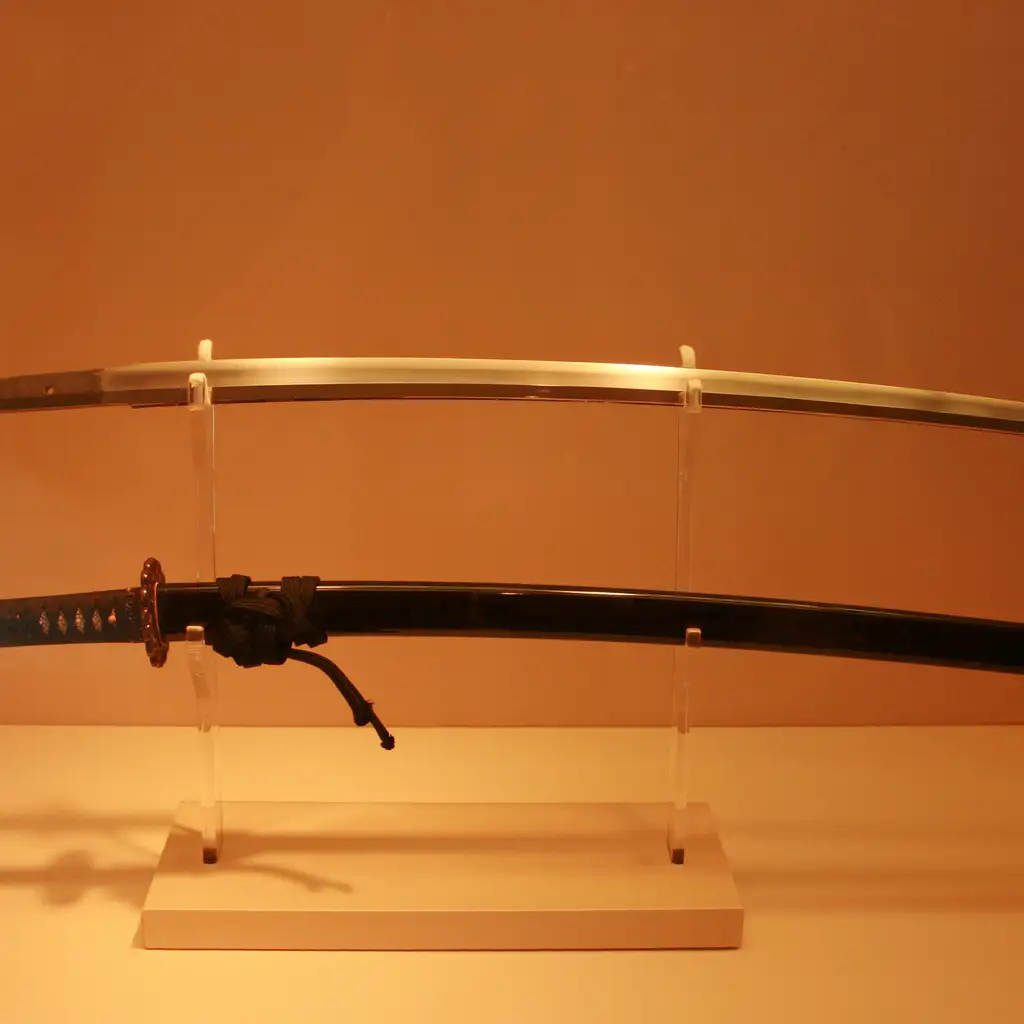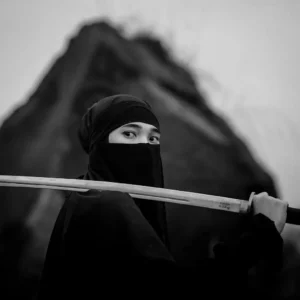The Japanese sword, a symbol of the samurai era, embodies a blend of artistry and martial prowess. These swords, known for their elegance and effectiveness, are a testament to Japan’s rich cultural legacy. Crafting a Samurai sword is a sophisticated process that harmonizes aesthetic beauty with practical functionality.
The Art Of Swordsmithing
Swordsmithing is a highly detailed and artistic craft that involves the fusion of metallurgy, blacksmithing, and creative design. Japanese swordsmiths are celebrated for their precision and expertise, producing swords that are both functional weapons and exquisite works of art.
Material Selection
The journey of creating a katana begins with choosing the right materials. The core of a katana is its steel, specifically selected for its purity and quality. Tamahagane, a special type of steel, is essential in forming the blade, ensuring its strength and resilience.
Folding And Forging
The tamahagane steel undergoes a process of repeated heating and folding, sometimes up to thousands of times. This technique eliminates impurities, refines the steel, and creates a distinctive “hada” pattern. The folding process enhances the blade’s durability and flexibility.
Shaping And Differential Hardening
After folding, the swordsmith shapes the steel into the katana’s iconic curve. The blade then undergoes differential hardening, where a clay mixture is applied to the edge before heating. This results in a hard, sharp edge and a more flexible spine, achieved through controlled cooling.
Polishing And Finishing
Once forged and heat-treated, the blade is polished with a series of stones to achieve a razor-sharp edge. This meticulous process can take weeks, highlighting the dedication required to perfect the sword’s finish.
Hilt and Fittings
The hilt, or Otsuka, is crafted from materials like wood, ray skin, and silk or leather. The guard, or tsuba, along with other fittings, are intricately designed, reflecting the sword’s overall craftsmanship and aesthetic value.
Mountings
After the blade is completed, it is assembled with its hilt and fittings to form the final katana. The scabbard, or saya, is also crafted to protect the blade, ensuring it is ready for use.
The Role Of The Swordsmith
In Japan, swordsmiths are esteemed artisans, entrusted with crafting the soul of the sword. Their skill and dedication are evident in each katana, with the swordsmith’s signature serving as a mark of pride and accountability.
The Katana: A Masterpiece
The katana is revered in Japanese history and culture, symbolizing the samurai’s honor and discipline. Its curved blade was an extension of the samurai’s spirit, embodying their strength and values. Beyond its practical use in warfare, the katana represents the bravery and precision of the samurai, making it a cultural icon.
Katana For Sale: A Collector’s Dream
For collectors and enthusiasts, owning an authentic katana is a cherished aspiration. The availability of katanas for sale allows individuals to possess a piece of history, connecting them to the legacy of the samurai.
The Significance Of Katana In Japanese Culture
Deeply intertwined with the samurai, the katana is more than a weapon; it is a symbol of honor, loyalty, and duty. It is closely associated with the Bushido code, the ethical framework guiding the samurai’s life.
The Mystique Surrounding Katana
The katana is enveloped in mystique, with its unique forging process and storied past giving rise to numerous myths and legends. It is often seen as a spiritual weapon, representing the samurai’s soul.
The Modern Art Of Swordsmithing
While modern techniques may differ from traditional methods, the art of swordsmithing continues to thrive. Contemporary swordsmiths, or bladesmiths, employ advanced tools and techniques to create swords that honor the katana’s historical and cultural significance. They adhere to the principles of material selection, forging, tempering, and finishing, while also embracing innovations in metallurgy and design.
For those who appreciate the artistry of a katana, commissioning a custom sword from a skilled swordsmith offers a personalized experience. This allows for specific preferences in materials, fittings, and design, resulting in a unique piece with sentimental value, often passed down through generations.
The katana, with its rich history and timeless allure, stands as a testament to the skill and artistry of swordsmiths. It symbolizes not only the samurai’s strength and skill but also the deep aesthetic and spiritual values embedded in Japanese culture. Today, the katana continues to captivate collectors and enthusiasts, providing a tangible connection to a storied past.
For those interested in purchasing a katana, it is crucial to understand its heritage and assess quality carefully. Whether you are a collector, martial artist, or admirer of these exquisite weapons, the craft of the Japanese sword is a remarkable testament to the dedication and expertise of master swordsmiths.








